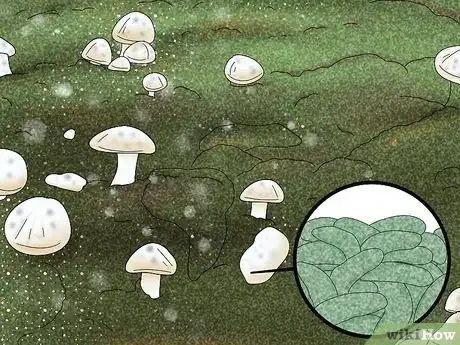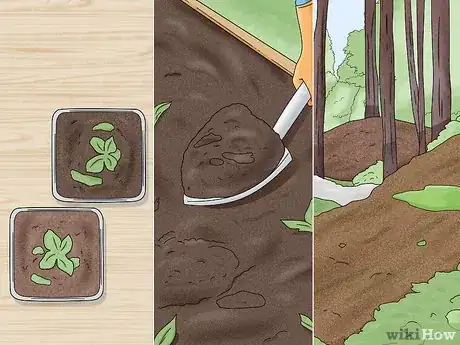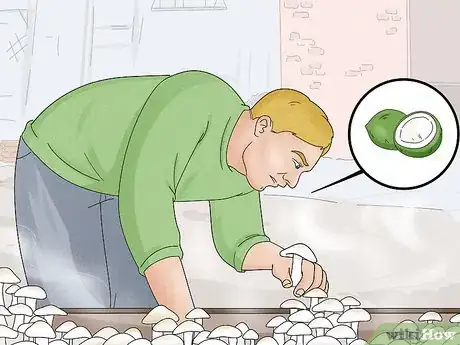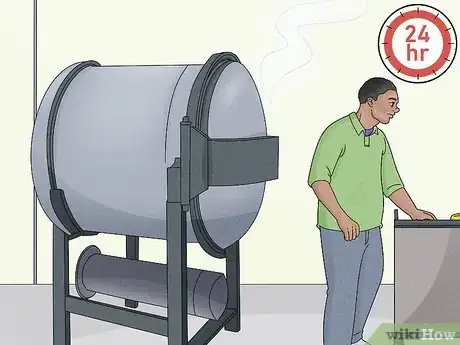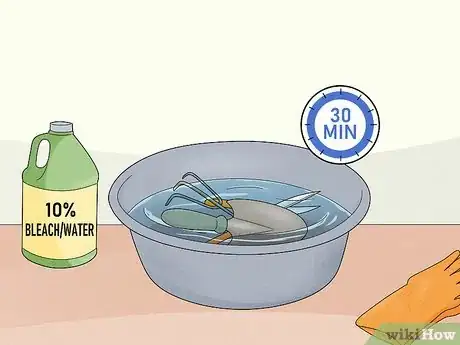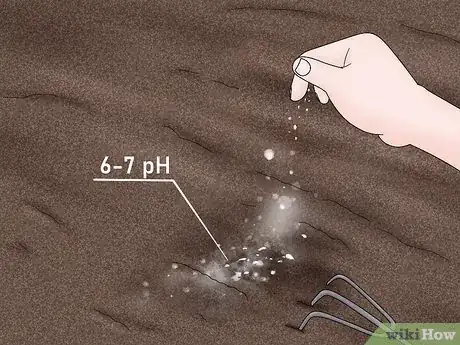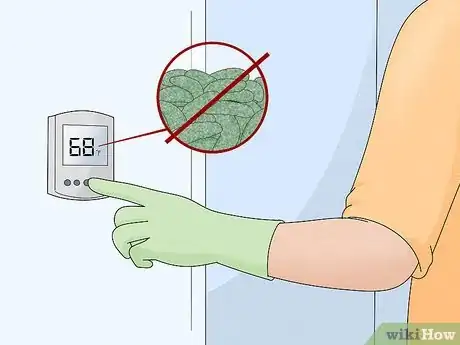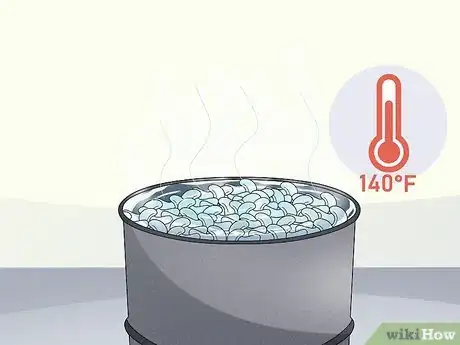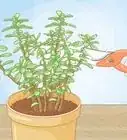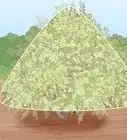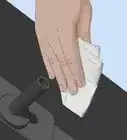This article was co-authored by wikiHow Staff. Our trained team of editors and researchers validate articles for accuracy and comprehensiveness. wikiHow's Content Management Team carefully monitors the work from our editorial staff to ensure that each article is backed by trusted research and meets our high quality standards.
There are 12 references cited in this article, which can be found at the bottom of the page.
This article has been viewed 31,498 times.
Learn more...
If you've ever tried to grow mushrooms, then you probably know what a pain Trichoderma is. Left unchecked, this nasty green mold could spread throughout an entire crop quickly. Don't worry—we’re here to answer your most common questions about preventing Trichoderma. With the right steps, you can protect your crop and avoid major losses during the growing season.
Steps
What is Trichoderma?
-
Trichoderma is a spore that causes a green mold on plants. This is why it's often called "green mold" too. It's rarely harmful to plants, but it does overtake and kill fungi like mushrooms. This is why it's a particular problem for mushroom growers and farmers.[1] X Research source
- Trichoderma commonly grows in roots below the surface, so it can be tough to detect on some plants.
- Trichoderma is naturally resistant to most pesticides, making controlling it tricky.
Where is Trichoderma usually found?
-
Trichoderma is widespread and can grow in all types of soil worldwide. It really isn’t limited to a particular geographic area. You’ll be able to find it in most parts of the world under the right conditions.[2] X Research source
- Trichoderma also tends to live in mushroom substrates, which is why steaming the substrate between harvests is so important.[3] X Trustworthy Source PubMed Central Journal archive from the U.S. National Institutes of Health Go to source
What does Trichoderma smell like?
-
Trichoderma actually has a coconut-like smell. The mold could give off this aroma, or you might notice it while you’re inspecting your mushrooms.[4] X Research source In addition to Trichoderma’s distinctive green appearance, this smell can help you identify it.
- Most Trichoderma species aren’t harmful to humans, but it’s never a good idea to breathe in mold spores. Don’t try to directly sniff any mold that you find.
What do I do if I see green mold growing?
-
Remove anything that's affected by Trichoderma right away. The mold grows quickly, so isolation is key. Keep any bags, tools, substrates, mushrooms, or pots that mold is growing on far away from your healthy mushrooms. Wash affected tools with a bleach solution or alcohol to kill the mold spores. This will at least prevent the Trichoderma from infecting more of your crop.[5] X Research source
What’s the best way to stop Trichoderma from growing?
-
Steaming your growing room in between harvests is the best method. This mold can live on pots and in soil, and a non-sterile growing environment is one of the main ways that it spreads to new crops. The recommended way to sterilize your growing room is by steaming it at 150 °F (66 °C) for 12 hours. This should kill any leftover spores and prevent them from contaminating your new mushroom crop.[6] X Trustworthy Source Penn State Extension Educational organization dedicated to delivering science-based information to people, businesses, and communities Go to source
- This recommendation is for a room with substrate, or a fertile patch to grow mushrooms in. If you don’t use substrate, then steam the room for 24 hours instead of 12.
- If you don’t have a major growing operation, then you probably don’t have a steaming system installed in your growing room. In this case, rent a commercial steamer, roughly the size of a shop vac or oven, to sterilize just the substrate and your growing pots. Run the steamer for 20-24 hours to kill any mold spores.[7] X Research source
Can I spread Trichoderma to other plants or mushrooms?
-
Yes you can, and Trichoderma often spreads this way. Contaminated tools and pots will spread the mold all over your crop if you aren’t careful.[8] X Research source The best way to prevent this is by disinfecting all of your tools after every use. Either soak them in a 10% bleach and water solution for 30 minutes or wipe them down with rubbing alcohol to kill any mold spores.[9] X Research source
- Washing your tools with soap and warm water is a good way to keep them clean, but it might not kill all the mold spores. Use disinfectants like alcohol or bleach to prevent mold from spreading.
- Also wash your hands before working on your mushrooms. You could introduce Trichoderma or other pathogens to your mushroom crop if your hands aren’t clean.
Does the soil pH help Trichoderma grow?
-
Yes, Trichoderma prefers more acidic soil. The optimal pH range for Trichoderma is 4-6, so it grows especially well in acidic soils.[10] X Trustworthy Source PubMed Central Journal archive from the U.S. National Institutes of Health Go to source This is good because most mushrooms grow in slightly more alkaline soil, within a range of about 5 to 7.[11] X Research source By keeping your substrate or soil in the 6-7 pH range, you’ll discourage Trichoderma growth.
- Sprinkling a bit of lime onto your soil or substrate is the easiest way to raise the pH of the growing material.
Do heat and moisture help Trichoderma grow?
-
Yes, Trichoderma grows better in high heat and humidity. It's best to keep the humidity and heat down in your growing area to discourage mold growth.[12] X Research source The optimal temperature for Trichoderma is 80–86 °F (27–30 °C), so keeping your growing room cooler than that can discourage growth.[13] X Trustworthy Source PubMed Central Journal archive from the U.S. National Institutes of Health Go to source
- Some of these requirements might conflict with your mushroom growing conditions. Always set the optimal conditions for your mushrooms first, then keep an eye out for green mold.
How is Trichoderma treated?
-
Immerse the mushrooms in hot water to kill the mold. Unfortunately, Trichoderma is tough to get rid of once it starts growing. It's resistant to most chemicals and pesticides. However, picking the affected mushrooms and immersing them in water heated to 140 °F (60 °C) seems to work. Keep the mushrooms in the water for 30 minutes to kill any mold spores.[14] X Trustworthy Source PubMed Central Journal archive from the U.S. National Institutes of Health Go to source
- Your mushrooms won't be as large with this treatment, since you have to pick them early, but you can at least salvage them.
- If you have any affected mushrooms, be sure to keep them far away from healthy ones. Trichoderma can spread quickly, even if you treat it with hot water.
Is Trichoderma useful for anything?
-
It’s actually a very popular fertilizer and anti-fungal treatment. Funny enough, Trichoderma is very useful if you’re not trying to grow mushrooms. It’s used widely as a bio-fertilizer for seed preparation. Because it attacks fungi like mushrooms, it’s also used as an antifungal treatment for plants. Farmers around the world like Trichoderma a lot, as long as they're not growing mushrooms![15] X Research source
Things You’ll Need
- Alcohol or bleach
- Commercial steamer
- Hot water
You Might Also Like
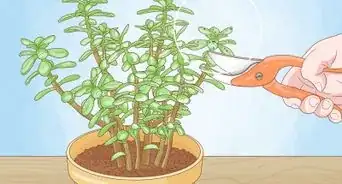
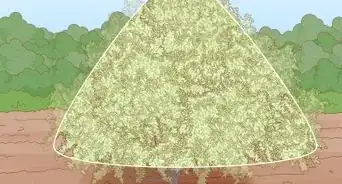
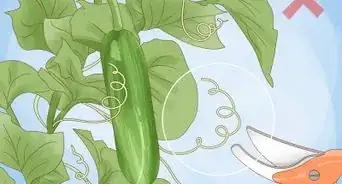 How to Remove Suckers from a Cucumber Plant
How to Remove Suckers from a Cucumber Plant
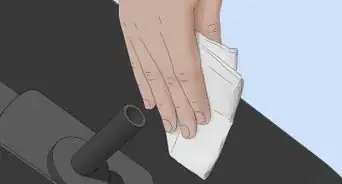 How to Clean Your AeroGarden
How to Clean Your AeroGarden
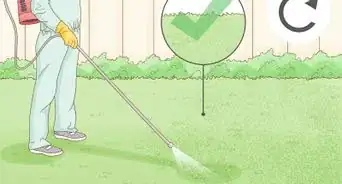 Effective Ways to Prevent Grass from Growing
Effective Ways to Prevent Grass from Growing
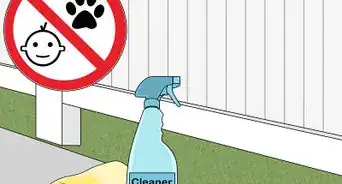
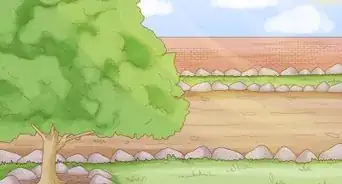
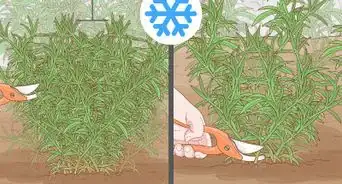
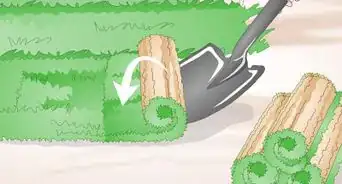

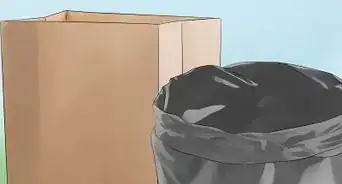 How to Rake Leaves
How to Rake Leaves
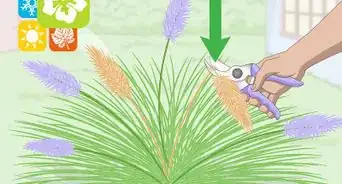
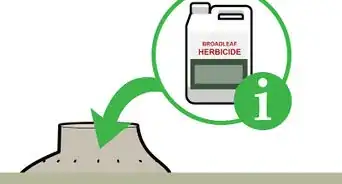
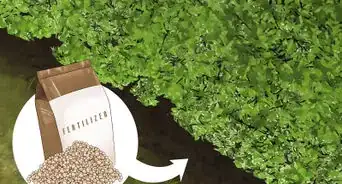
References
- ↑ https://biocontrol.entomology.cornell.edu/pathogens/trichoderma.php
- ↑ https://www.sciencedirect.com/topics/immunology-and-microbiology/trichoderma
- ↑ https://www.ncbi.nlm.nih.gov/pmc/articles/PMC4323299/
- ↑ https://scienceinpoland.pap.pl/en/news/news%2C402443%2Csmell-the-raspberry-scent-of-mushroom.html
- ↑ http://www.fungifun.org/mushworld/Shiitake-Mushroom-Cultivation/mushroom-growers-handbook-2-mushworld-com-chapter05-02_p.162.pdf
- ↑ https://extension.psu.edu/best-practices-for-mushroom-post-crop-sanitation-steam-off-post-crop-pasteurization
- ↑ https://youtu.be/st3jSMDh4xw?t=35
- ↑ https://www.emr.ac.uk/projectposts/control-trichoderma-green-moulds/
- ↑ https://gardeningsolutions.ifas.ufl.edu/care/tools-and-equipment/disinfecting-tools.html
- ↑ https://www.ncbi.nlm.nih.gov/pmc/articles/PMC5434454/
- ↑ https://www.jscimedcentral.com/PlantBiology/plantbiology-6-1097.pdf
- ↑ http://www.fungifun.org/mushworld/Shiitake-Mushroom-Cultivation/mushroom-growers-handbook-2-mushworld-com-chapter05-02_p.162.pdf
- ↑ https://www.ncbi.nlm.nih.gov/pmc/articles/PMC5658199/
- ↑ https://www.ncbi.nlm.nih.gov/pmc/articles/PMC4323299/
- ↑ https://biocontrol.entomology.cornell.edu/pathogens/trichoderma.php
About This Article

